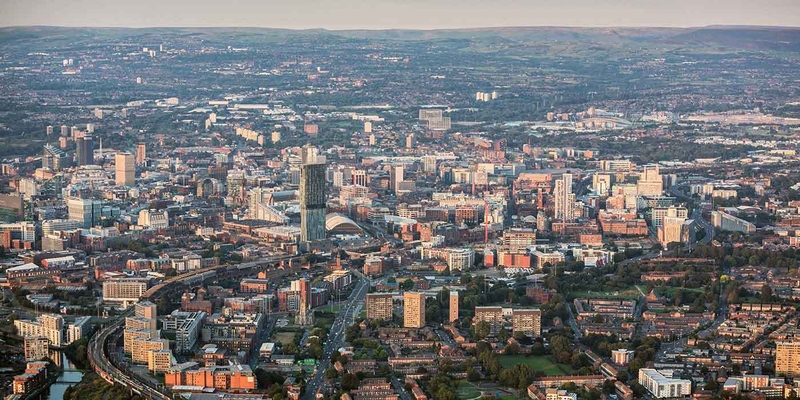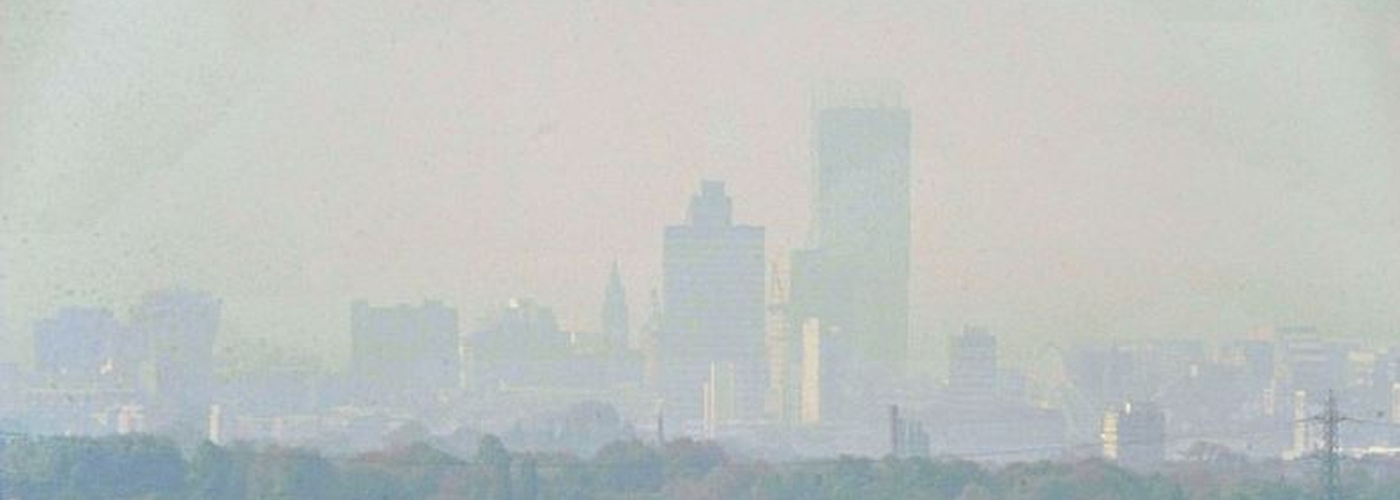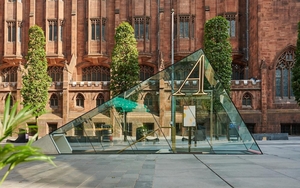World Health Organisation publishes its list of shame... and it's not good news for us
Manchester may not skulk under a blanket of smog like some of China and India’s most over-polluted cities, but that does not mean it is squeaky clean when it comes to pollution. In fact, it is anything but.
Now that the World Health Organisation (WHO) have revealed the 40 UK towns and cities which are at or have exceeded the agency’s air pollution limits of ten micrograms per cubic metre, Manchester’s dirty secret is a secret no longer.
Because the fine particles in polluted air are so small, much smaller than a grain of sand, for example, air pollution is not always visible to the naked eye. But it is there. And it is dangerous. Each particle is typically made up of a combination of arsenic, lead, sulphates, nitrates and organic/black carbon. Not very nice stuff.
Greater Manchester should be spluttering in outrage (as well, no doubt, from respiratory infections) at its showing in the air pollution blacklist.
Salford, with a reading of fifteen micrograms per cubic metre, is, along with Scunthorpe, the second most polluted place in the whole of the UK, whilst Manchester hardly fares any better, only two places behind with a count of thirteen micrograms per cubic metre.

On the positive side, at least we don’t live in the industrial steelworks mega-complex that is Port Talbot – the UK’s grubbiest, gaspiest place when it comes to air pollution with a total of eighteen micrograms.
The WHO estimate that roughly seven million people across the globe die every year from the particulates in polluted air. A Commons committee report published in March estimated that air pollution resulted in an estimated 40,000 early deaths each year, costing the UK £20 billion annually
It sounds grim but don’t be pre-ordering your coffin just yet, as air pollution in some UK cities, including London and Sheffield, has fallen since 2010.
Last year, Manchester became the UK’s first member of the World Health Organisation, Climate and Clean Air Coalition, and UN Environment-led BreatheLife cities network – with a pledge to meeting strict WHO air quality targets.
Transport for Greater Manchester say they are currently working towards a new Greater Manchester Clean Air Plan.

20 UK towns and cities that exceed the WHO limit:
Port Talbot: 18 micrograms per cubic metre
Scunthorpe: 15
Salford: 15
Gibraltar: 14* (Taken in 2013)
Thurrock: 14
Manchester: 13
Swansea: 13
Gillingham: 13
Carlisle: 12
Chepstow: 12
Leeds: 12
Leicester: 12
Liverpool: 12
Grays: 12
Eccles: 12
Nottingham: 12
Plymouth: 12
York: 12
Prestonpans: 12
Royal Leamington Spa: 12
















